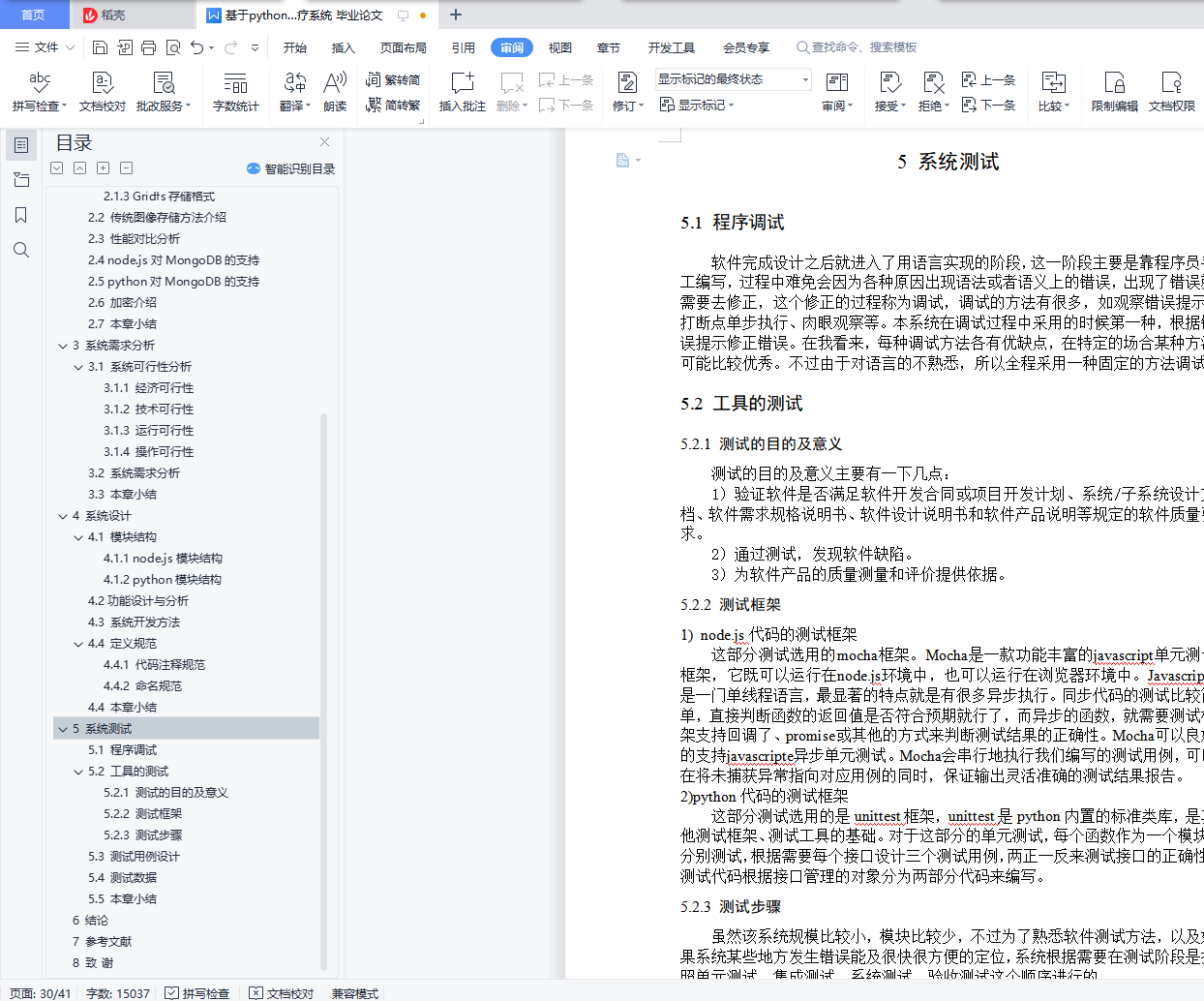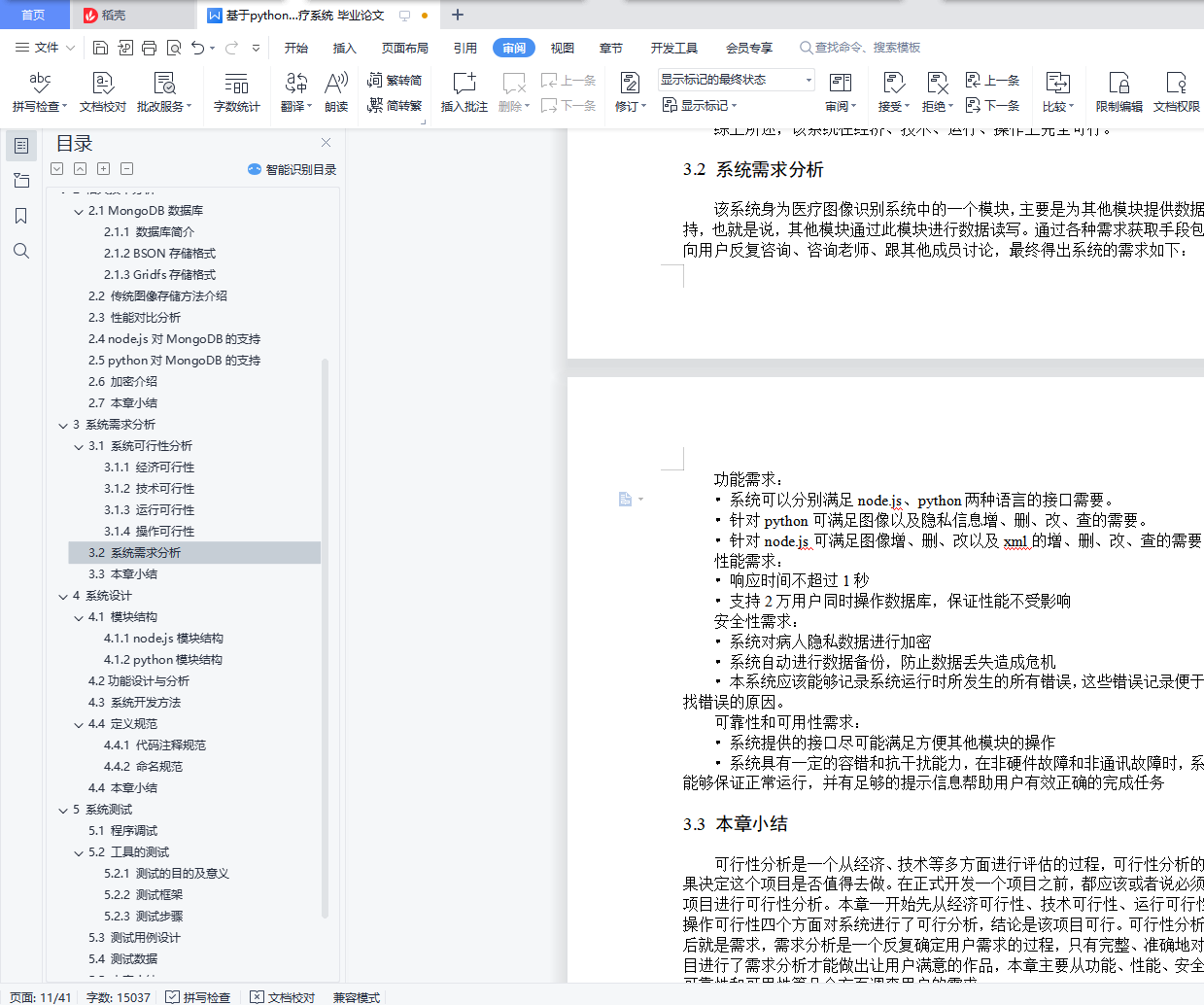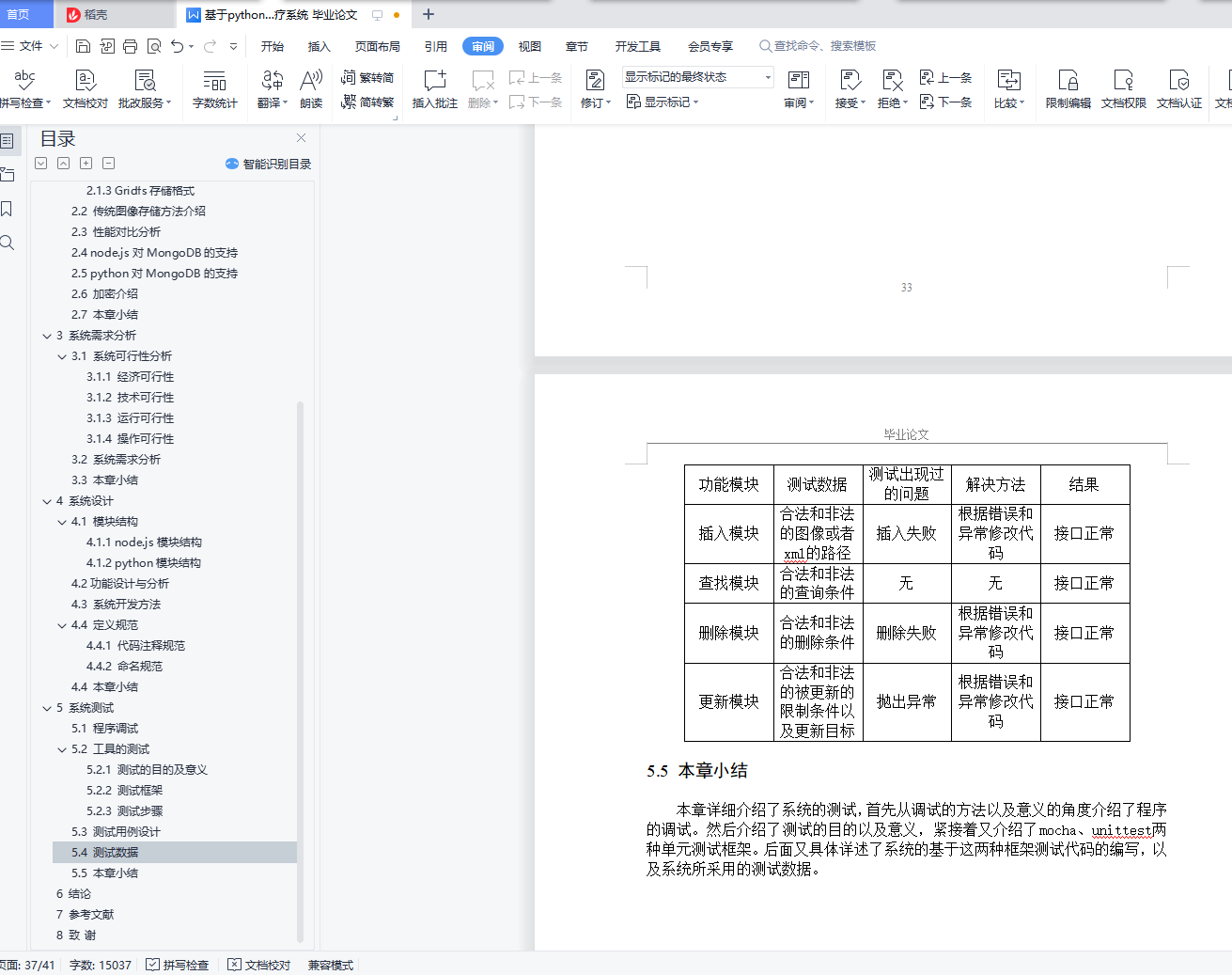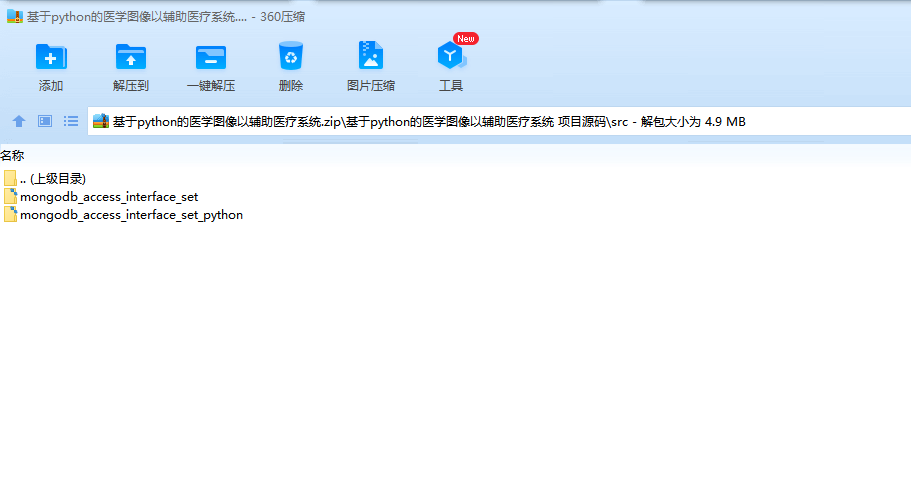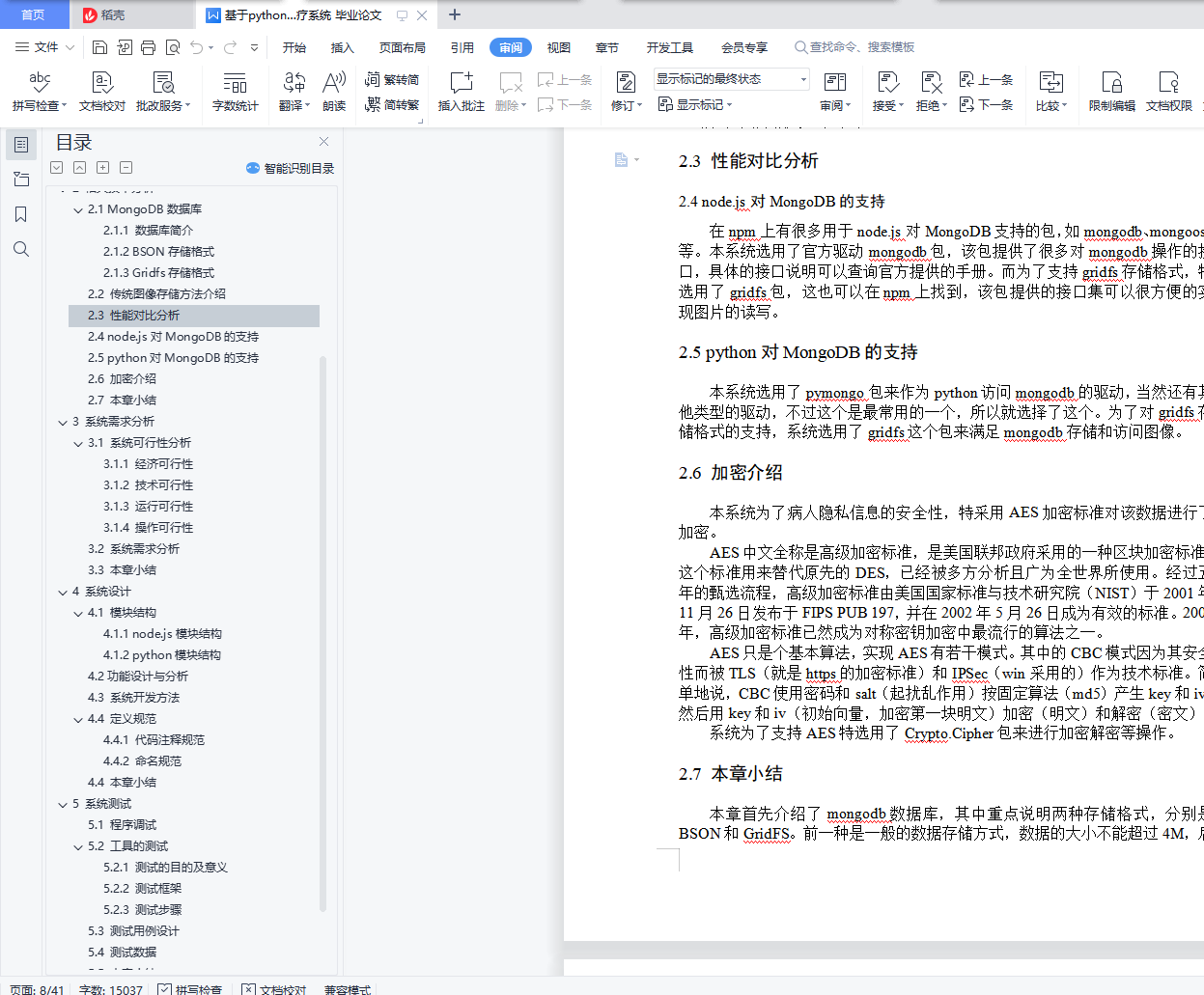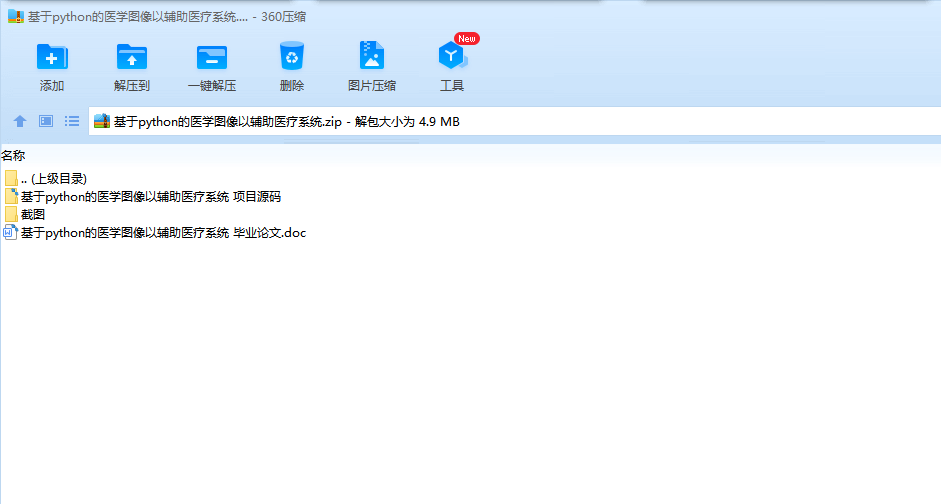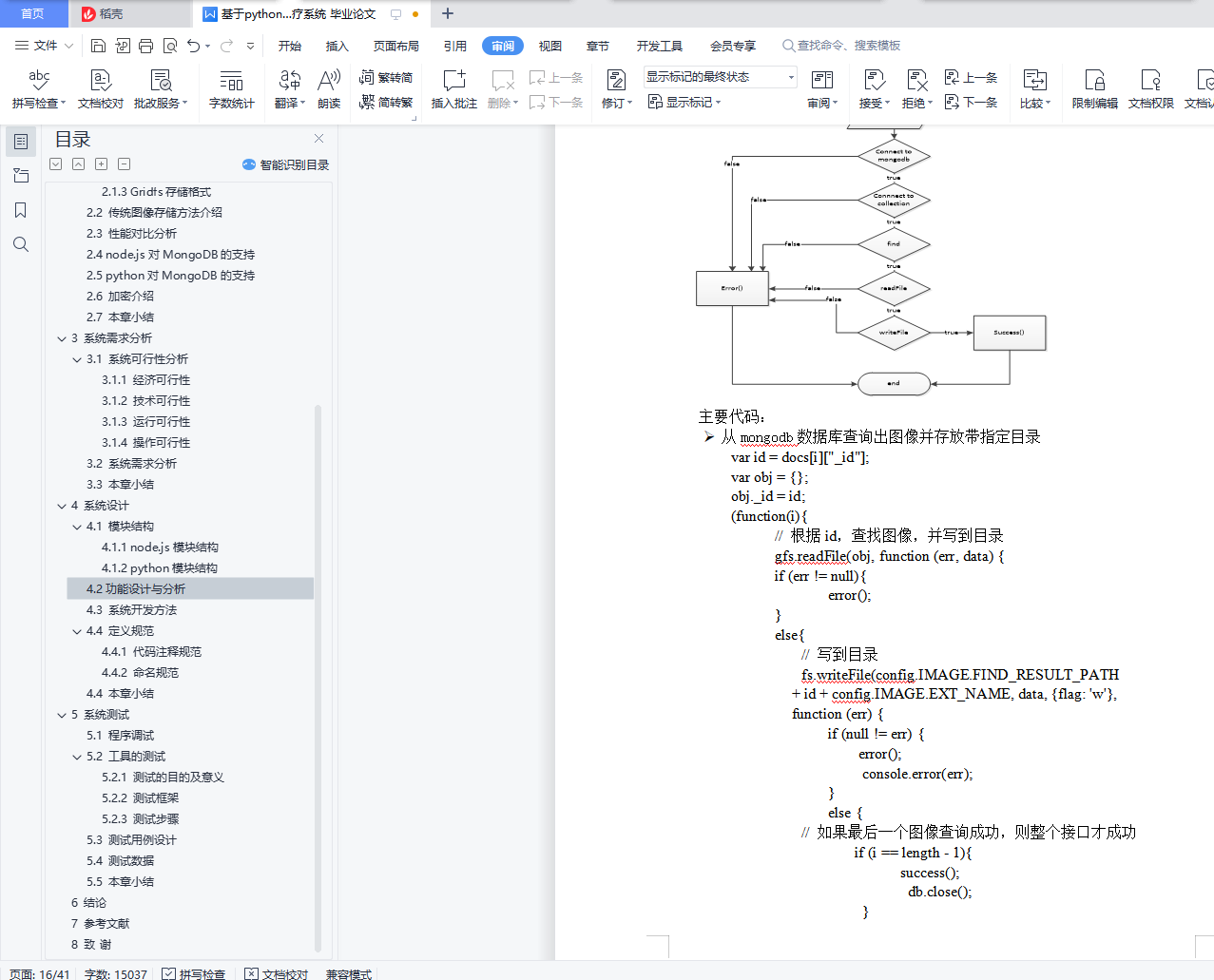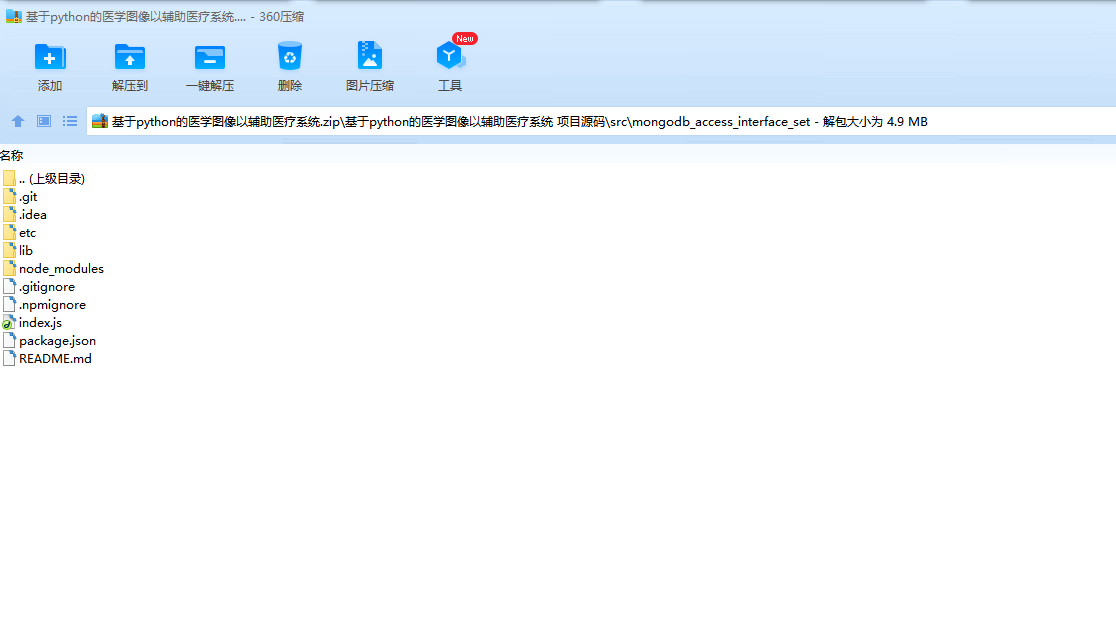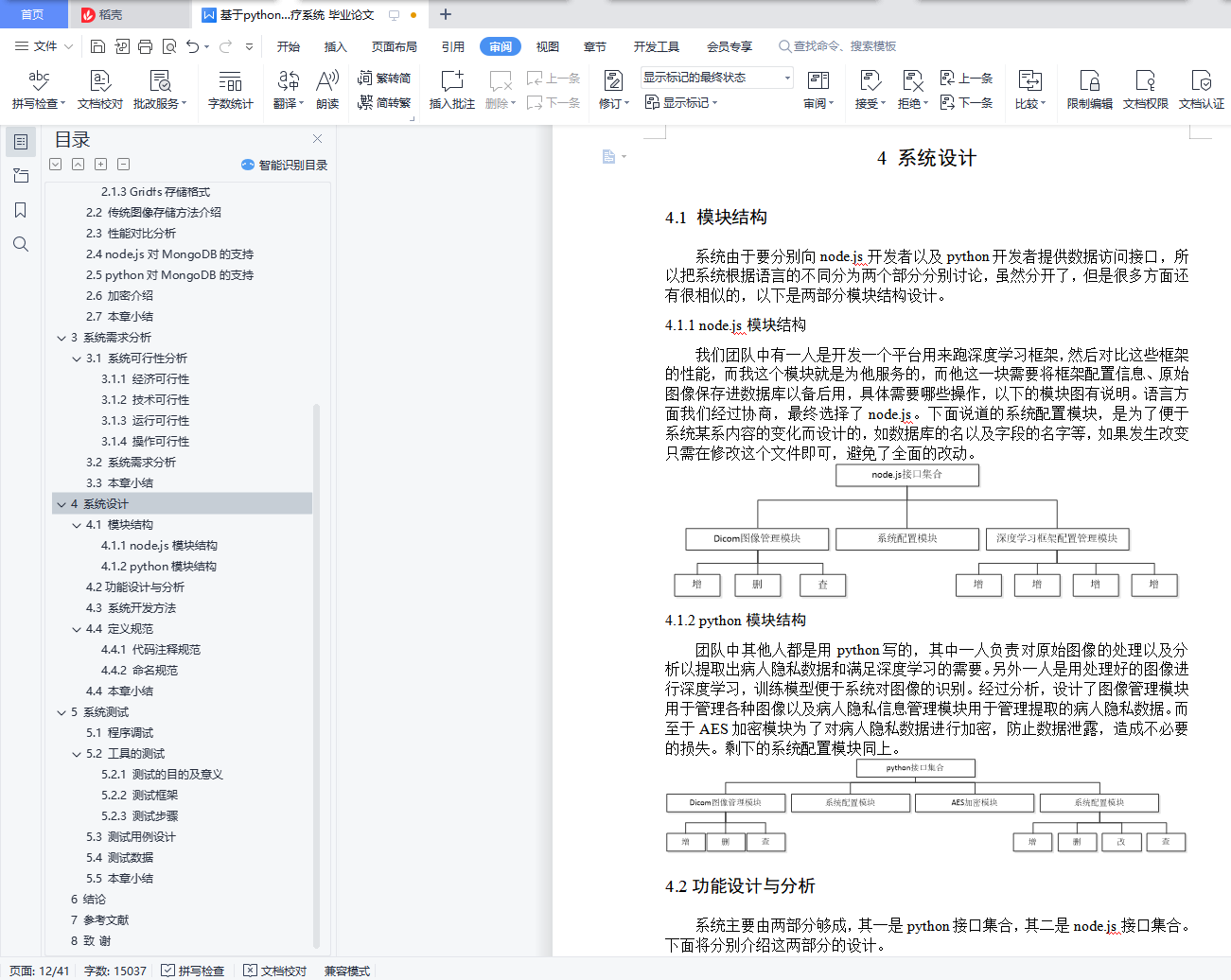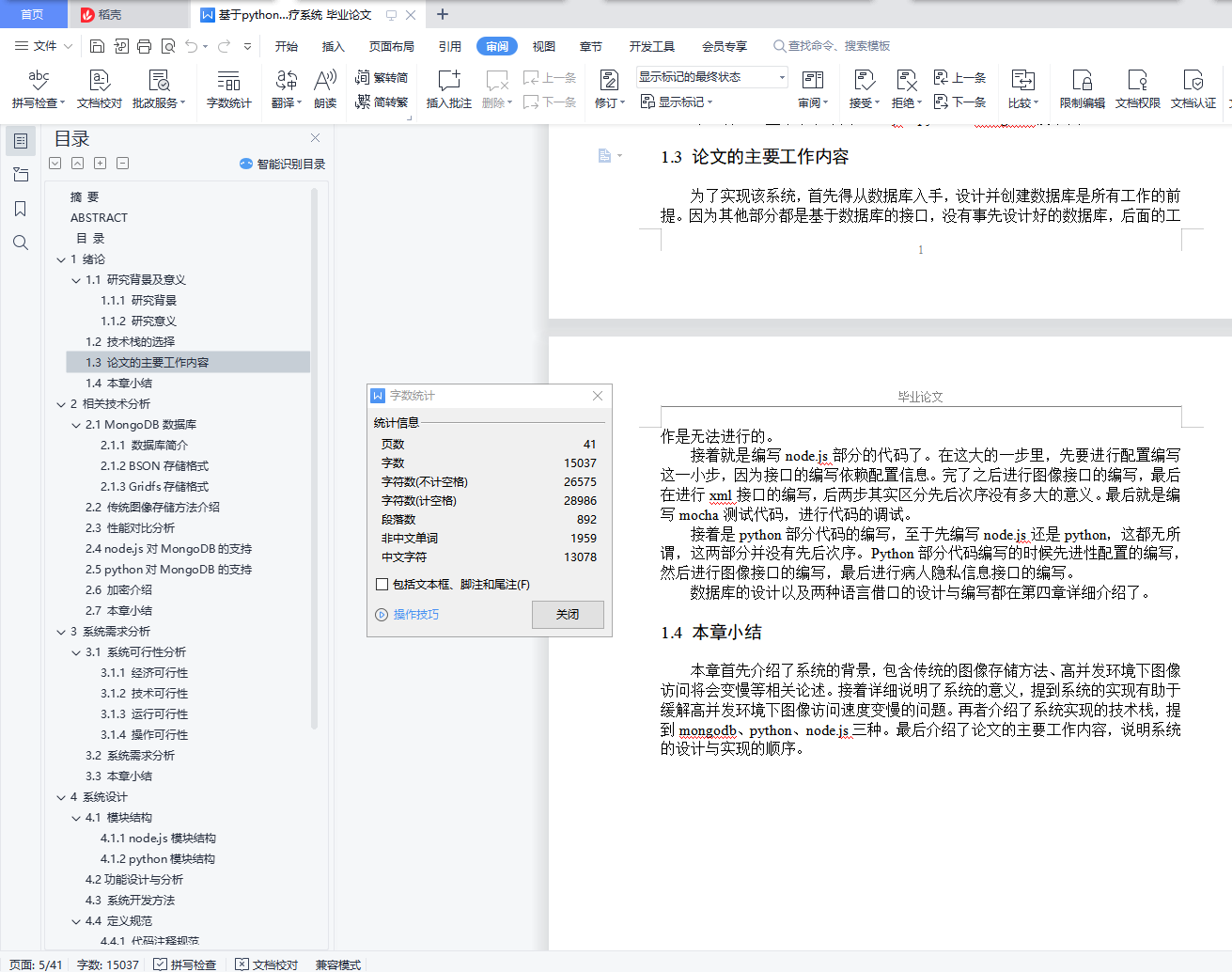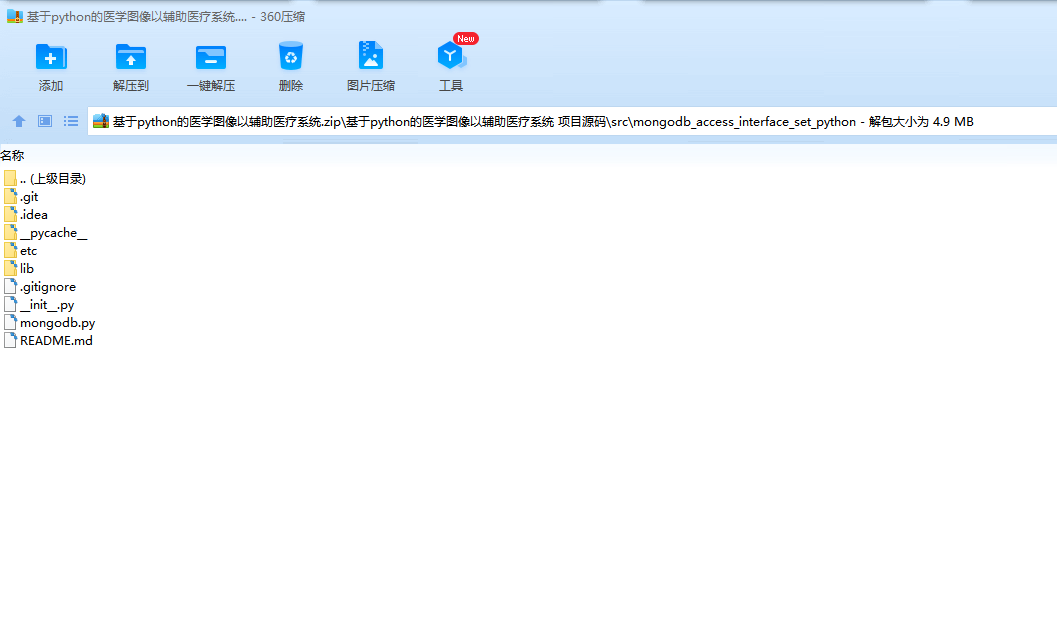摘 要
图像数据相对于一般的文本数据来说管理起来更具有复杂性。传统的图像存储方式有两种,一是直接将图像存入数据库,二是将图像存放在文件系统,而将路径存放在数据库,前一种基于“大字段数据最好不要存放在数据库中”这种规则一般不被使用,常用的是后一种,而这种方式也有明显的性能劣势,原因在于访问图像时要两次访问IO,这在高并发访问中很难满足需要。
为了对Dicom格式实现高效的管理以及为项目其他模块提供便捷的服务,特设计与实现了一系列对医疗图像、病人隐私信息、深度学习框架操作的接口。
Mongodb是一个非关系型数据库亦可以称作文档型数据库,因为其存储的节本单位是文档等同于关系型数据库中表的一行。该数据库考虑了图像的存储,提供了Gridfs这种存储方式,来满足大量图像管理的需要。
关键字:Dicom,Mongodb,Gridfs
ABSTRACT
The image data with respect to the general text data management is more complicated. There are two kinds of image storage in the traditional way, one is the image stored in the database, the two image is stored in the file system, and the path stored in the database, which is based on the former "characters of data stored in the database is best not the rule the general is not being used, is commonly used after a while, this approach also has disadvantage performance obviously, because access to the image two times to visit IO, in this highly concurrent access is difficult to meet the needs.
In order to realize the efficient management of the Dicom format and provide convenient service for the project design and implementation of other modules, especially a series of medical images, patient privacy information, deep learning framework interface.
Mongodb is a non relational database can also be called the document database, because its storage cost is equivalent to a unit of the document in a relational database table. The database is considered image storage, Gridfs provides this storage method to meet the need to manage a large number of image.
Key words: Dicom, Mongodb, Gridfs
目 录
摘 要
ABSTRACT
目 录
1 绪论
1.1 研究背景及意义
1.1.1 研究背景
1.1.2 研究意义
1.2 技术栈的选择
1.3 论文的主要工作内容
1.4 本章小结
2 相关技术分析
2.1 MongoDB数据库
2.1.1 数据库简介
2.1.2 BSON存储格式
2.1.3 Gridfs存储格式
2.2 传统图像存储方法介绍
2.3 性能对比分析
2.4 node.js对MongoDB的支持
2.5 python对MongoDB的支持
2.6 加密介绍
2.7 本章小结
3 系统需求分析
3.1 系统可行性分析
3.1.1 经济可行性
3.1.2 技术可行性
3.1.3 运行可行性
3.1.4 操作可行性
3.2 系统需求分析
3.3 本章小结
4 系统设计
4.1 模块结构
4.1.1 node.js模块结构
4.1.2 python模块结构
4.2功能设计与分析
4.3 系统开发方法
4.4 定义规范
4.4.1 代码注释规范
4.4.2 命名规范
4.4 本章小结
5 系统测试
5.1 程序调试
5.2 工具的测试
5.2.1 测试的目的及意义
5.2.2 测试框架
5.2.3 测试步骤
5.3 测试用例设计
5.4 测试数据
5.5 本章小结
6 结论
7 参考文献
8 致 谢
